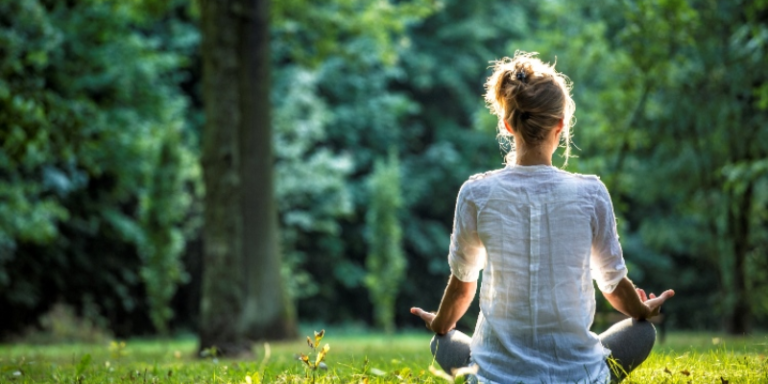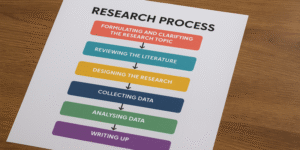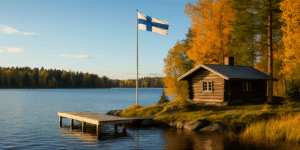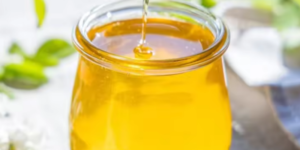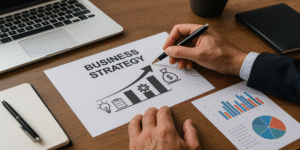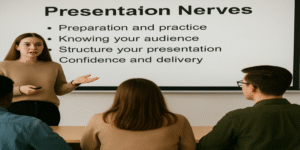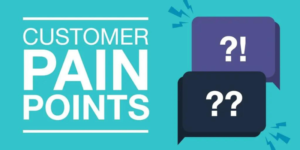Relaxation techniques are various practices aimed at reducing stress, promoting calmness, and enhancing overall well-being. These techniques are invaluable in managing nervousness and anxiety, providing individuals with tools to improve their mental and physical health. Below are some effective relaxation techniques that can help alleviate nervousness and anxiety.
Deep Breathing
Deep breathing involves taking slow, deep breaths to activate the body’s relaxation response. This technique can be practised anywhere and anytime. By focusing on your breath and taking in air deeply through your nose, holding it briefly, and exhaling slowly through your mouth, you can reduce stress and anxiety (Benson, 2000). This method calms the nervous system and can be particularly helpful during moments of acute stress.
Progressive Muscle Relaxation (PMR)
PMR involves tensing and then relaxing each muscle group in your body systematically. Start with your toes and work your way up to your head, focusing on releasing tension with each muscle group. This practice can help increase body awareness and reduce physical symptoms of stress (Jacobson, 1938).
Visualisation
Visualisation is a technique where you close your eyes and imagine yourself in a peaceful, serene environment. Visualise yourself delivering your speech confidently and successfully. Visualisation can help reduce anxiety and increase self-confidence (Globokar, 2020). This mental rehearsal can prepare you for stressful situations and improve your overall outlook.
Mindfulness Meditation
Mindfulness meditation involves focusing your attention on the present moment, observing your thoughts and sensations without judgement. Practising mindfulness meditation regularly can help reduce stress and increase overall mental clarity (Kabat-Zinn, 1994). This technique encourages a non-reactive awareness of your thoughts and feelings, fostering a sense of calm and balance.
Guided Imagery
Listen to a guided imagery recording that takes you on a journey to a peaceful, calming place. Guided imagery can help distract your mind from anxious thoughts and promote relaxation (Klein, 2020). This method combines visualisation and meditation, providing a structured way to achieve mental relaxation.
Yoga or Tai Chi
Engage in gentle physical activities like yoga or tai chi, which combine slow movements with deep breathing and mindfulness. These practices can help release tension from the body and calm the mind (Trachman, 2024). The physical and mental discipline required in these activities promotes overall well-being and stress relief.
Progressive Relaxation
Similar to PMR, progressive relaxation involves consciously tensing and relaxing different muscle groups but without the systematic approach. Simply focus on releasing tension from each muscle group as you become aware of it (Davis et al., 2008). This more flexible approach can be used throughout the day to manage stress.
Aromatherapy
Use calming essential oils such as lavender, chamomile, or bergamot to create a relaxing atmosphere. You can diffuse the oils, apply them topically, or inhale them directly from the bottle (National Association for Holistic Aromatherapy, 2022). Aromatherapy can have immediate calming effects and enhance your overall relaxation routine.
Listening to Music
Listen to soothing music or nature sounds that promote relaxation and calmness. Music can have a powerful effect on mood and can help distract from anxious thoughts (MacDonald et al., 2012). Creating a playlist of calming music can be a simple yet effective way to manage stress and anxiety.
Journaling
Write down your thoughts and feelings before speaking. Journaling can help you process your emotions, identify sources of anxiety, and gain perspective on your concerns (Adams, 1990). Regular journaling can also help track your progress and provide a therapeutic outlet for stress.
Experiment with these relaxation techniques to find what works best for you and incorporate them into your routine to help manage stress, anxiety, and nervousness effectively.
References:
Adams, K. (1990) Journal to the Self. Warner Books.
Benson, H. (2000) The Relaxation Response. HarperTorch.
Globokar, L. (2020) “The Power Of Visualization And How To Use It.” Forbes. [Online]. Available at: https://www.forbes.com/sites/lidijaglobokar/2020/03/05/the-power-of-visualization-and-how-to-use-it/. [Accessed 07 August 2024].Davis, M., Eshelman, E. R., & McKay, M. (2008) The Relaxation and Stress Reduction Workbook. New Harbinger Publications.
Klein, A. (2020) “The Benefits of Guided Imagery and How To Do It.” Healthline. [Online]. Available at: https://www.healthline.com/health/guided-imagery. [Accessed 07 August 2024].
Jacobson, E. (1938) Progressive Relaxation. University of Chicago Press.
Kabat-Zinn, J. (1994) Wherever You Go, There You Are: Mindfulness Meditation in Everyday Life. Hyperion.
MacDonald, R., Kreutz, G., & Mitchell, L. (2012) Music, Health, and Wellbeing. Oxford University Press.
National Association for Holistic Aromatherapy (2024) “What is Aromatherapy?” [Online]. Available at: https://naha.org/explore-aromatherapy/about-aromatherapy/what-is-aromatherapy//. [Accessed 07 August 2024].
Trachman, S. B. (2024) “The Benefits of Yoga and Tai Chi for Stress Relief.” Psychology Today. [Online]. Available at: https://www.psychologytoday.com/gb/blog/its-not-just-in-your-head/202401/the-benefits-of-yoga-therapy. [Accessed 07 August 2024].
